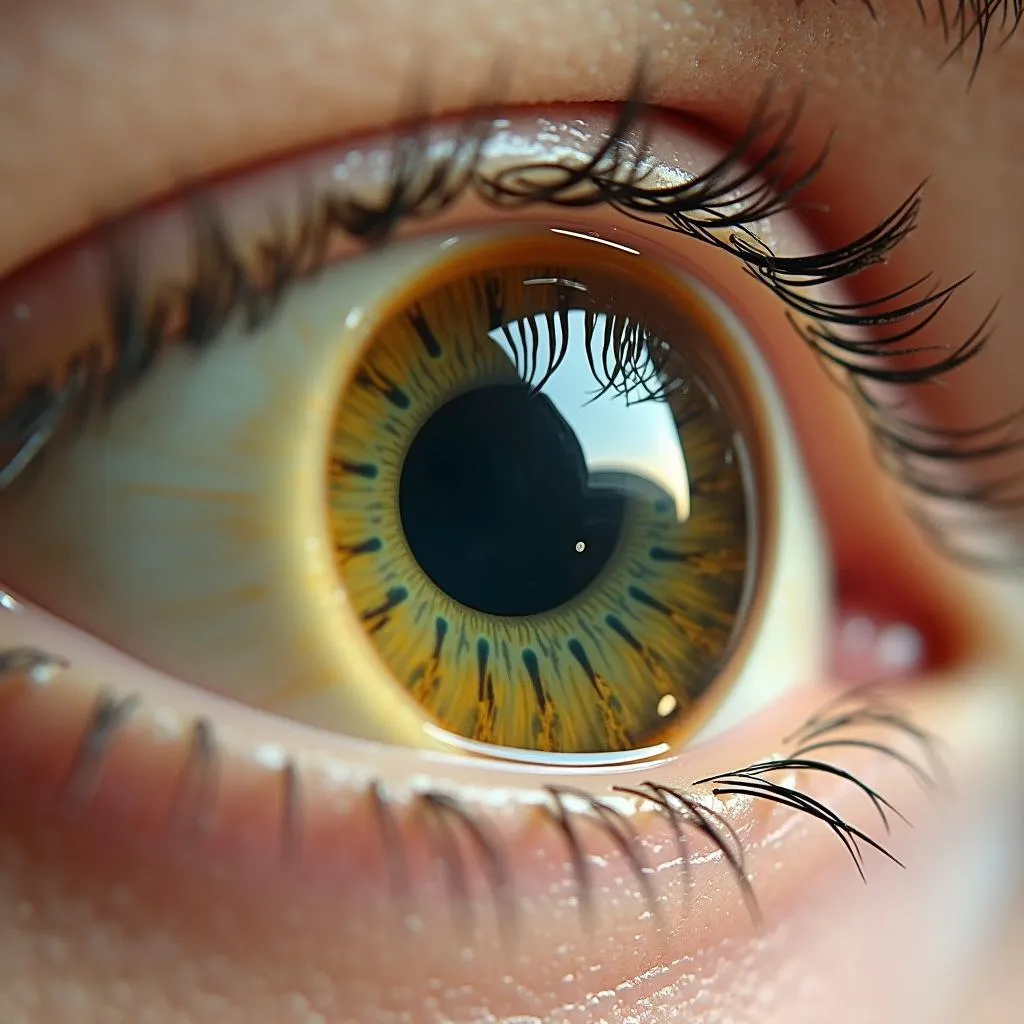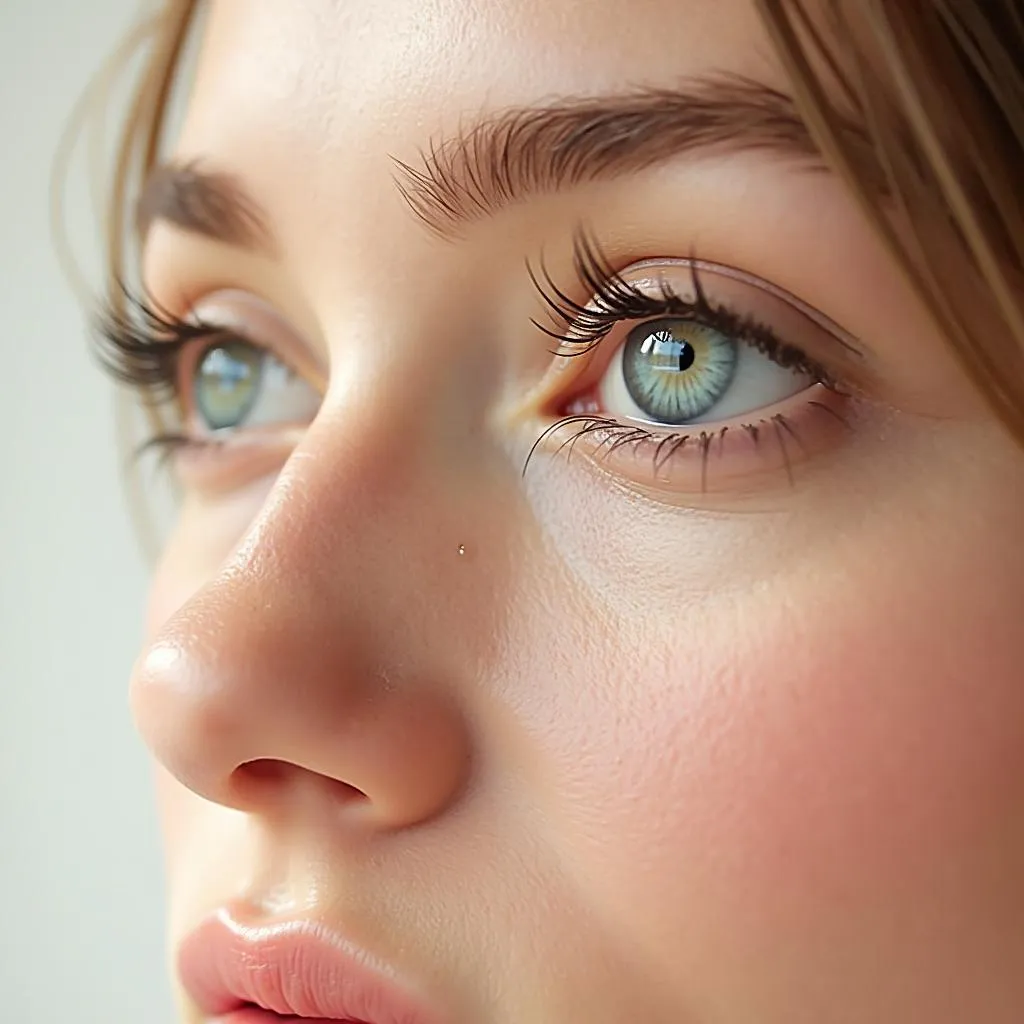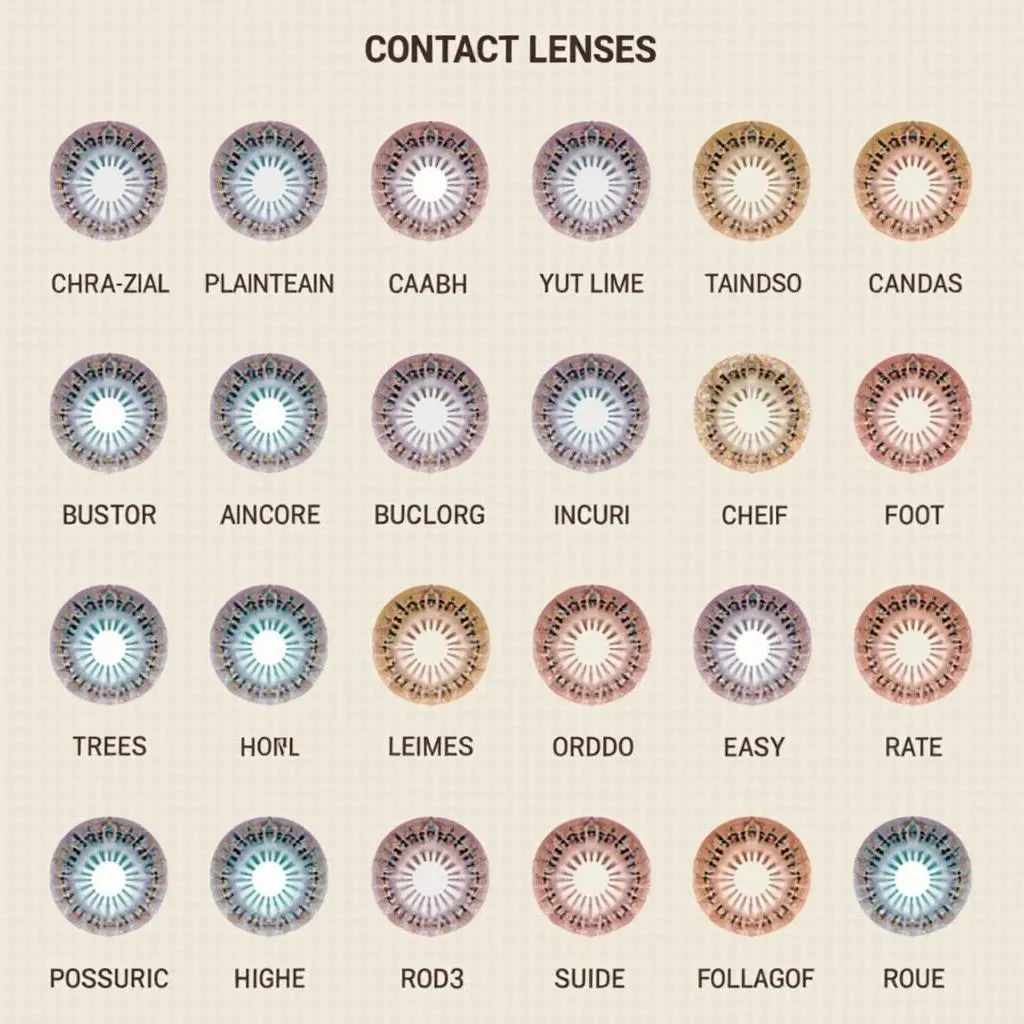Colored contacts have become a popular accessory, allowing people to transform their appearance in an instant. But have you ever wondered about the history behind these transformative lenses? When were colored contacts invented, and how have they evolved over time?
Let’s delve into the fascinating world of colored contact lenses and explore their journey from early innovations to the wide variety of options available today.
A Colorful History: The Origins of Colored Contacts
The desire to change eye color is not a modern phenomenon. For centuries, people have experimented with various methods, from using drops made with natural ingredients to attempting to paint the iris directly. However, the story of colored contacts as we know them today began in the late 19th century.
Early Innovations and the Quest for Change
 Early Colored Contact Lenses
Early Colored Contact Lenses
In 1887, Adolf Fick, a Swiss physician, created the first known example of a contact lens. While not intended for cosmetic purposes, his invention, made from blown glass, paved the way for future advancements. A year later, in 1888, German ophthalmologist, August Müller, designed a more wearable glass scleral lens that covered the entire visible eye. Though still primarily for vision correction, Müller experimented with tinting these lenses, marking an early attempt at altering eye color with contacts.
The Rise of Cosmetic Colored Contacts
The mid-20th century witnessed a surge in the development of contact lenses, with advancements in materials and manufacturing techniques. In 1949, Kevin Tuohy introduced the first corneal lenses made from plastic, offering a more comfortable and practical alternative to glass. This breakthrough paved the way for the development of colored contacts purely for cosmetic purposes.
 First Cosmetic Colored Contacts
First Cosmetic Colored Contacts
It was in the 1980s that colored contacts, specifically designed to change eye color, gained significant popularity. These early versions were primarily opaque, completely masking the natural eye color. While they provided a dramatic transformation, the limited color options and somewhat unnatural appearance left room for improvement.
Advancements in Technology and Design
Over the past few decades, colored contact lens technology has advanced significantly. Today’s lenses offer a blend of comfort, safety, and a natural-looking appearance.
Enhanced Materials for Comfort and Breathability
Modern colored contacts are primarily made from soft, flexible materials like hydrogels and silicones. These materials allow for greater oxygen permeability, ensuring eye health and comfort even with extended wear.
Natural-Looking Colors and Designs
Gone are the days of limited, opaque color choices. Today’s colored contacts come in a vast spectrum of hues, from subtle enhancements to vibrant transformations. Advanced manufacturing techniques allow for intricate designs that mimic the natural iris patterns, resulting in a more realistic and captivating look.
 Modern Colored Contact Lenses
Modern Colored Contact Lenses
Special Effects and Custom Designs
The evolution of colored contacts has gone beyond simply changing eye color. The entertainment industry embraced special effects contacts, creating captivating characters and creatures for film and television. These specialized lenses often feature unique designs and colors, pushing the boundaries of imagination.
Conclusion
From the pioneering glass lenses of the late 19th century to the comfortable and aesthetically pleasing options available today, colored contacts have come a long way. The journey of their invention and evolution reflects a constant desire for self-expression and the transformative power of changing one’s appearance.
Whether you’re seeking a subtle enhancement or a dramatic transformation, colored contact lenses offer a world of possibilities for exploring different facets of your style and personality.

